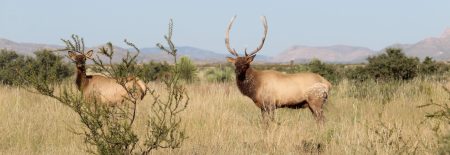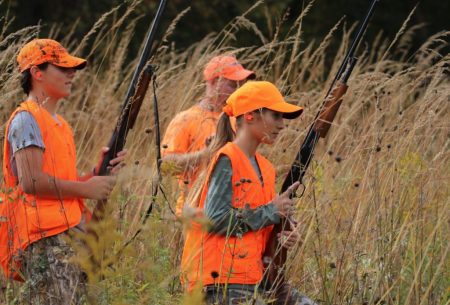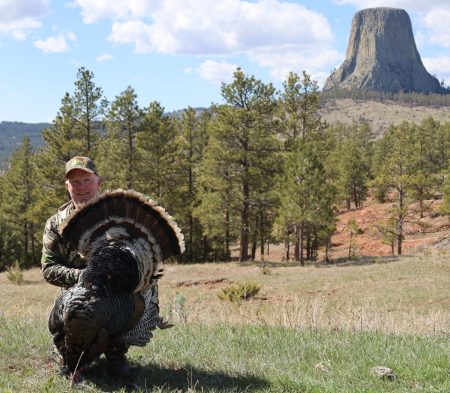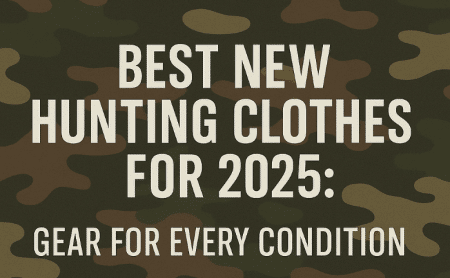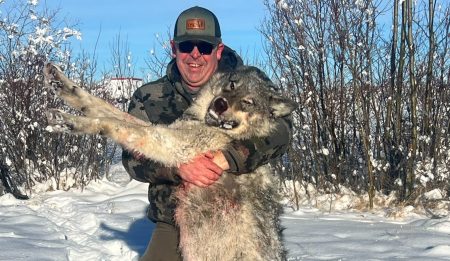In a country that regularly sees temperatures of -40˚ Celsius across many of its latitudes, those who spend a lot of time in the outdoors need to find ways to keep cold at bay that often dips to levels that can kill.
Hot Drinks
To many people, a hot cup of coffee is part of duck hunting. Once the boat and decoys are in place, reaching for the coffee is the next step in the ritual while waiting for legal shooting time to roll around. This situation is common for many other hunters and ice anglers as well.
The reason warm drinks work is they warm the interior of your body. It creates a comfort feeling for many coffee drinkers, plus providing a boost of caffeine to ward off the early mornings that are a part of waterfowl hunting.
If this works for you, use it and embrace it. Be wary though because caffeine makes some people sweat, and sweat brings with it a cooling effect when it evaporates as well as making the oncedry hunter a damp one. Then cold starts to set in.
Heated Clothing
Recent innovations in batteries have brought this technology a long ways. These systems are basically a heating pad on steroids. The battery powers an element, which creates heat. Initial offerings in this type of clothing were socks and gloves. A recent addition added a remote control to the socks so, for instance, they could be easily turned on or off in a pair of waders.
I used a pair of Volt (www.voltheat.com) socks when ice fishing and it worked great. Likewise, a Volt shirt kept me warm during December deer hunting. I found turning on and off intermittently helped regulate my temperature and keep the battery functioning throughout the day.
The drawback of these systems is they depend on batteries. Batteries need to be charged and also do run down during long days in the field. Intermittent use can go a long way to extend battery life though. The positive of this is it does keep you warm.
Hand Warmers
Gloves with hand warmer pockets are hard to find, but were one a big thing. In the back of the glove is a pocket, either accessible from the inside or outside, where a hand warmer pack can be inserted. The theory is although the tips of the fingers were warmed, the main body of the hand was and the blood has to flow through there to reach the fingers.
If you can find some of these gloves, give them a try.
Layer Upon Layer
This one is old but it works. Use layers of clothing to create the warmth needed. Then, when your outing includes a higher-activity level, one or more layers can be removed so as not to overheat.
I find using today’s high-tech wind and waterproof fabrics is a great outer layer. When walking in to a deer blind, walking on a deer drive or walking out to an ice fishing hut, this is often all that is needed with quality underwear. Then, once you cool down and are staying still, start to add warmth layers underneath.
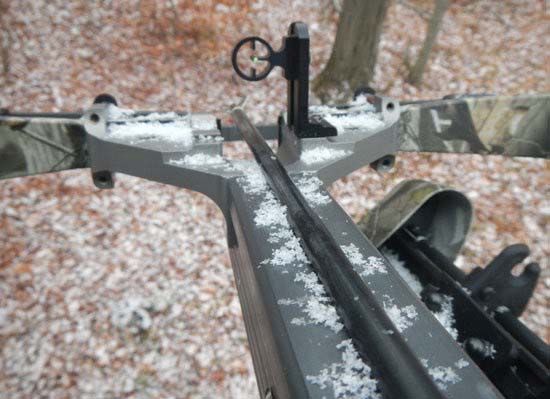
One important reason this works is by not having the super-warm clothes while your activity level is high, you are keeping sweat at bay. I find sometimes, I still end up sweaty and in this case usually wait until I think the sweat evaporated before putting on the heavier layer.
A drawback of this method is it’s usually necessary to take a backpack or other way of carrying the heavy coat when it isn’t needed.
 The Three-In-One Coat
The Three-In-One Coat
The three-in-one-coat builds on the layer theory, but does so in a way that enhances it. These coats are designed to have the layers work together to enhance the layering effect.
My camouflage three-in-one is a Redhead Cold Weather System (CWS) coat. It is the warmest coat I have ever owned. I use the entire coat for late-season waterfowl hunting or the end of the archery deer season. I have used it on brisk mornings in the beginning of turkey season, and the shell only to ward off the rain on wet warmer mornings. One great trick is to separate the two layers when hunting with waders. Put the insulation layer on, then the waders, with the shell on the exterior. Then if high water gets the shell wet, the warm part of the coat is still dry.
The CWS coat has been replaced by the Mountain Stalker (https://www.basspro.com/shop/en/redhead-mountain-stalker-elite-parka-for-men), but it has the same 200 grams of Thinsulate in the body that provides warmth.
Quality Underwear

A little compromise is needed here, as it isn’t possible to switch underwear in the field. But, if dressed in layers, they can be added or removed as necessary for comfort.
In addition, some underwear is designed to let sweat out during more activity – during a deer drive for instance – but provide warmth while sitting still.
Body Wrap
This is so simple it’s surprising it isn’t more widely used. What I refer to as body wraps are giant pads impregnated with a heat rub. Their original purpose is for lower back pain or shoulder pain. Put on your mid to lower back, these work great for warmth.
Besides the warmth created, these work when positioned correctly because they are warming your body’s main organs. Blood flows through the organs to the extremities and a warm hunter or angler results.
There are a couple of drawbacks to these however. They aren’t cheap – at $2 or $3 the cost can add up over an entire winter. Also, they last six to eight hours, so if you are going to be out for eight to 10 hours, the last hour or two when the mercury is falling again could be cold ones.
It did work well enough to keep me warm for a half-day of fishing for steelhead on the Niagara River in January.
A Great Buddy
Portable propane heats are a great thing to ward off cold while sitting in an ice hut or blind.
Mr. Heater Buddy is the most common brand. They use a small propane cylinder for power and can really turn out the heat. They are common for ice fishing, but are also great for deer blinds.
The big drawback is these heaters aren’t light. They can be heavy if hiking a mile into a blind daily, but are ideal for setting in a blind where they can be left overnight and used daily.
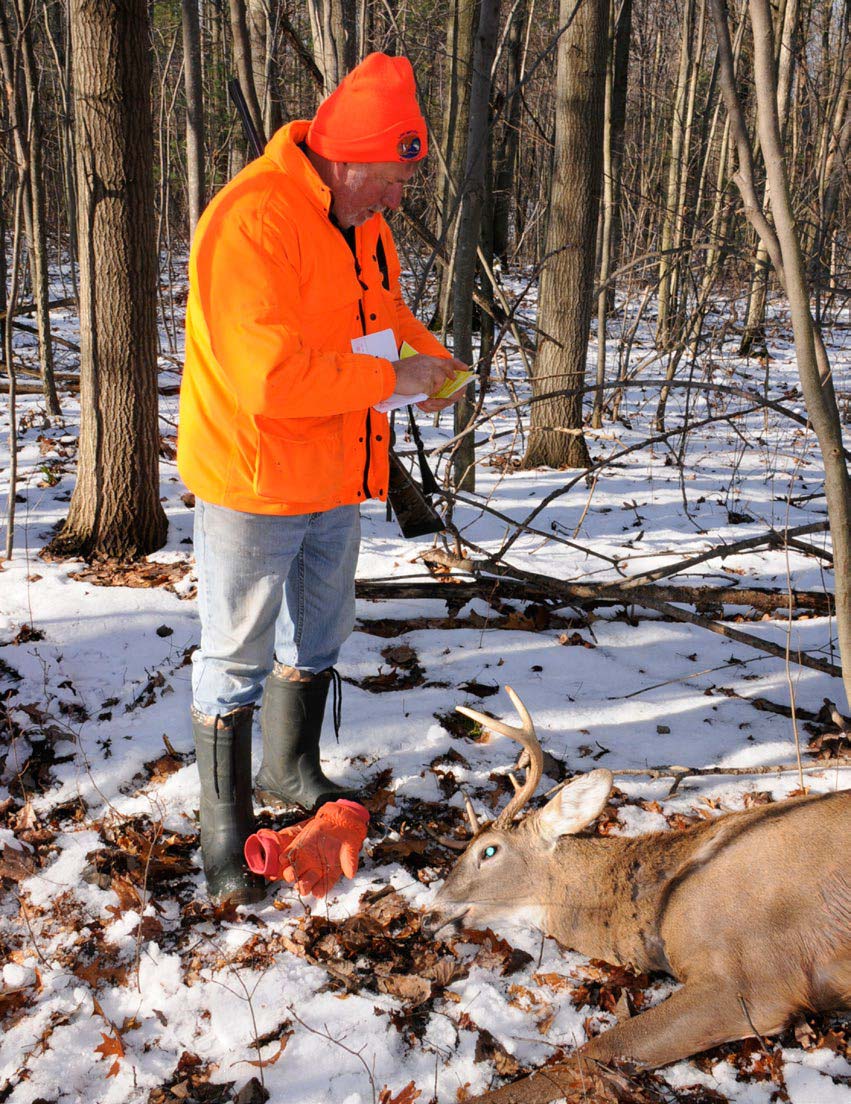
Use Your Head
As an outdoorsperson, I was always taught that the body loses 40 to 45 per cent of its heat through the head. In fact, the U.S. Army Field Manual also made this assertion, based on research from the 1950s. More recent science in the last 20 years published in the British Medical Journal has found this is not fact, and only seven to 10 per cent of heat is lost through the head. Still, the head shouldn’t be ignored.
The toque is a Canadian icon and great for most hunting situations. It should not, however, be your only hunting hat – even on a particular hunt.
As long as the temperatures aren’t so cold to cause frostbite to the ears, I often wear a ball cap while more active – such as walking a long distance – and then switch to the toque once I am set. Wearing glasses, if it’s raining or snowing I put the toque on over the ball cap to keep the moisture off my glasses.
And for real frigid temperatures, there are warmer hats than toques. I once had an aviator-style hat with the earflaps. It was actually so warm I couldn’t wear it in most hunting situations as temperatures in my part of the country don’t see -40˚ during hunting season.
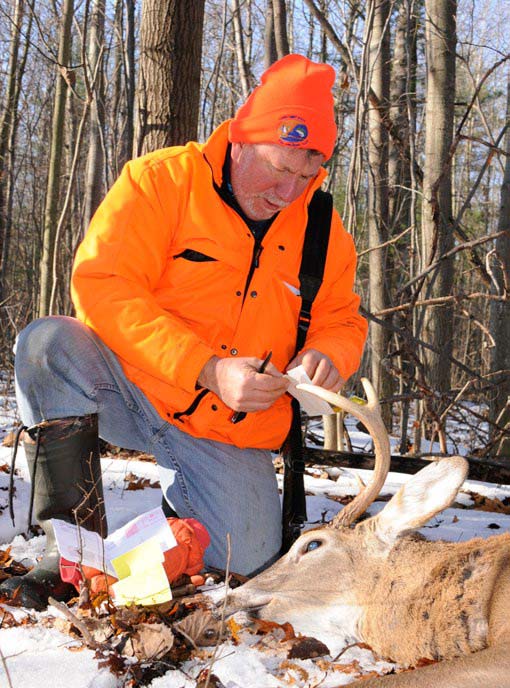
Don’t Stick Your Neck Out
While most hunters use some sort of headware to keep their head, they often forget about their neck. Even coats that have a high collar, leave some of the neck exposed to the elements. A scarf or gaiter can easily solve this problem. It’s not that the neck is a supposed heat sink like the head was purported to be, but a part of the body often forgotten that can get frostbitten.
Take Cold Seriously
Canada’s frigid temperatures are nothing to mess with. Hypothermia can kill. Use some of the methods mentioned to make your time in the outdoors more comfortable, but always pack a safety kit with items such as matches and a hypothermia blanket.
By Jeff Helsdon
Per our affiliate disclosure, we may earn revenue from the products available on this page.


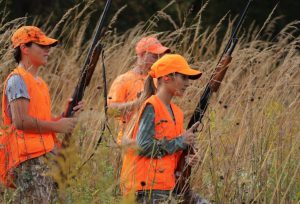
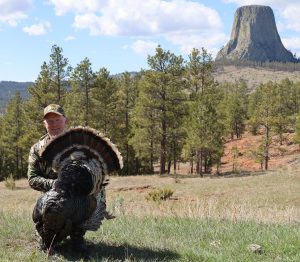


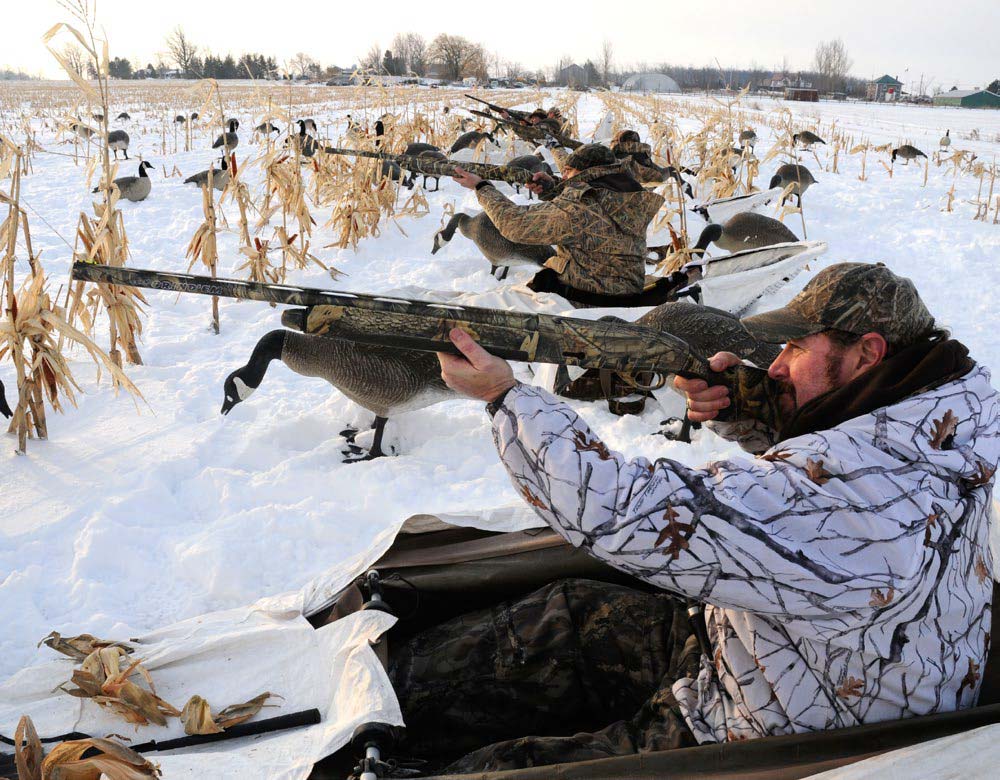
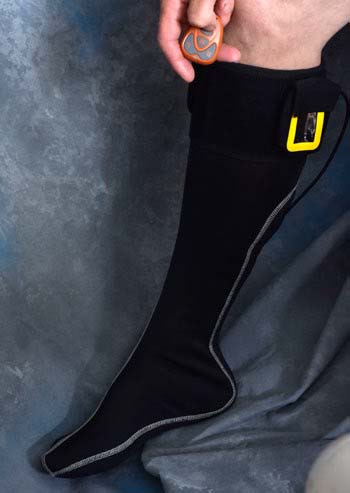
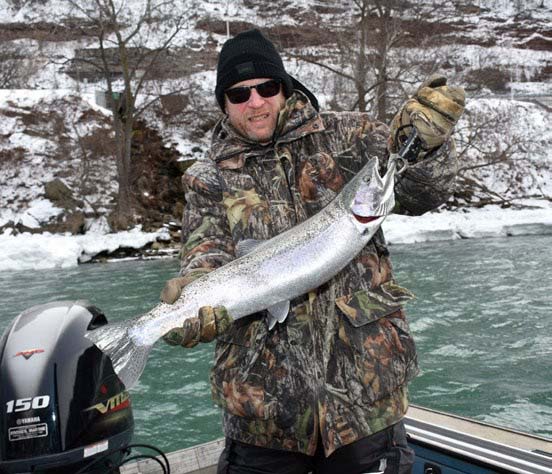
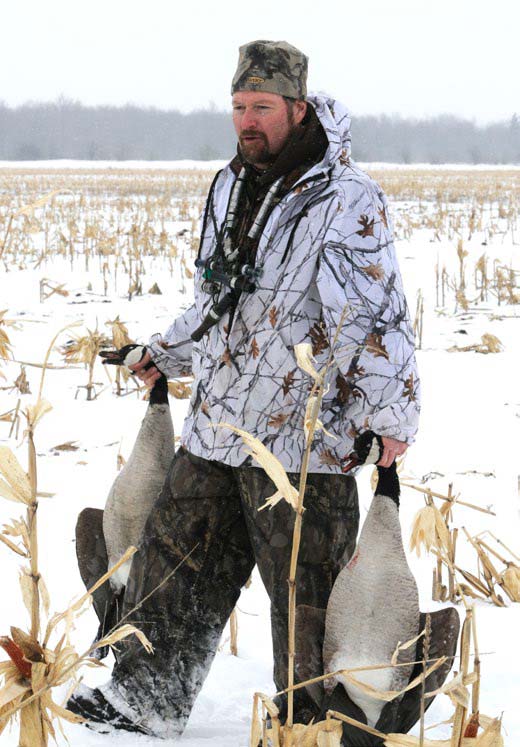 The Three-In-One Coat
The Three-In-One Coat
